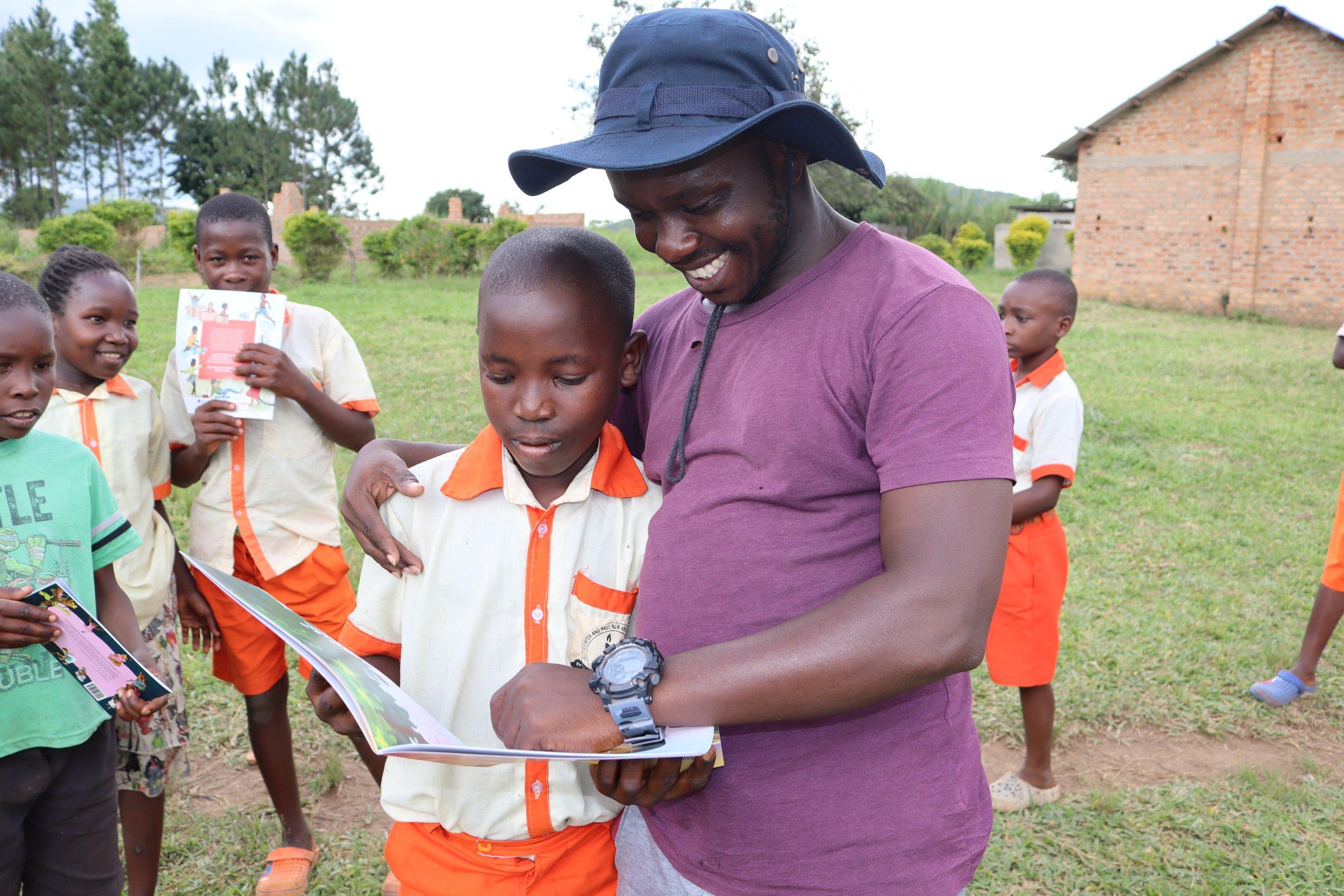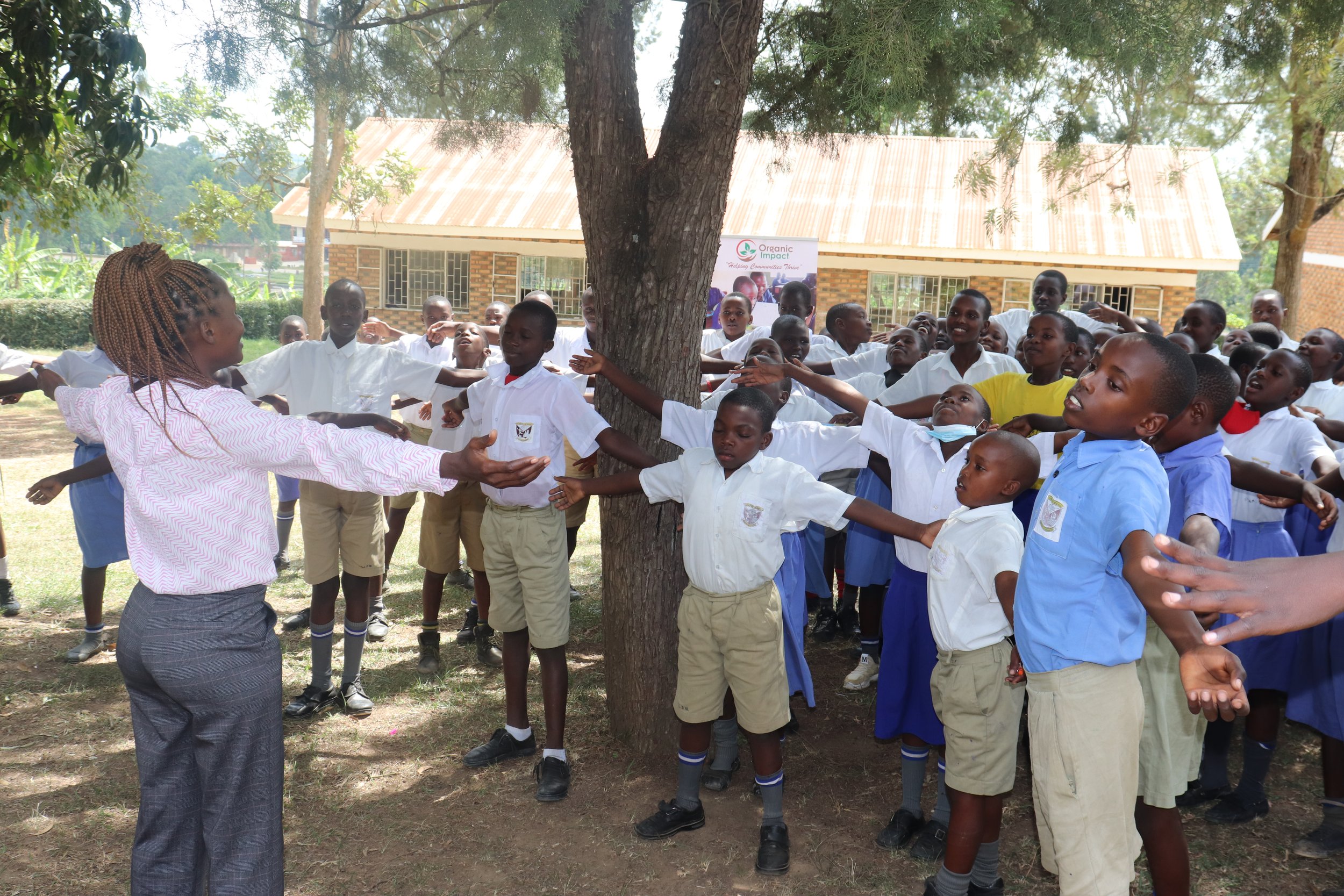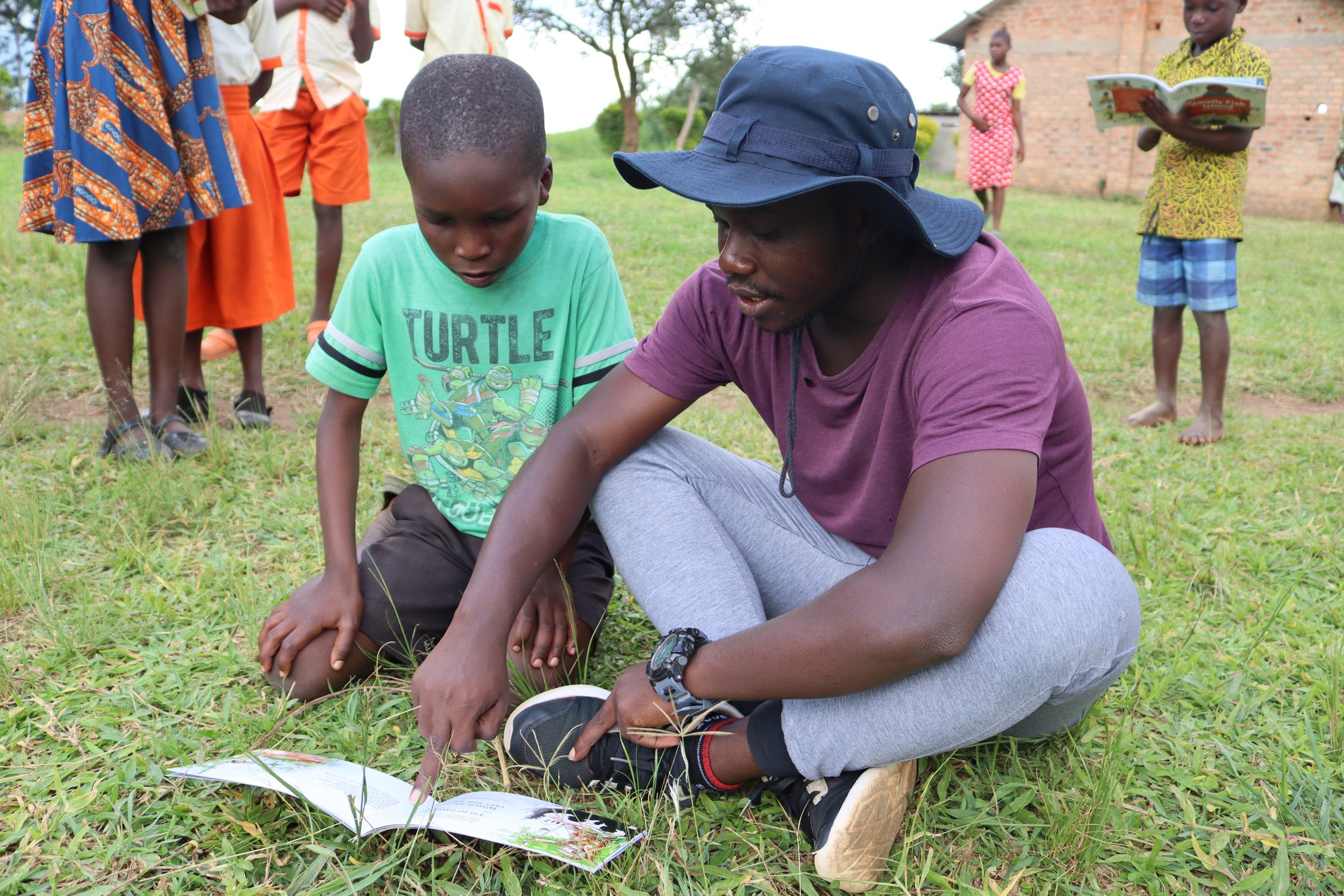Teacher-Learner Relationship
Positive Teaching Equation:
It is important for us to note that we do not teach learning. We inspire learning. We inspire a positive virtue in every child called curiosity; the strong desire to want to learn. Curiosity is born from trust. When children trust you, they will want to know more from you and trust is caused by love. Children trust only what/who they love. So love becomes the best teaching method.
This brief is created to help all those who care for and teach children to be aware of and support children’s rights in relation to education as we continue in our quest to raise children who care and contribute to their communities. We consider how to ensure that children’s rights are understood and protected in communities throughout the world. We hope that educators will use this brief to champion the rights based teaching model and consider how, as educators, they can support those rights, both in school and through the child’s experience in surrounding community life to nurture them emotionally and intellectually.
The positive teaching bedrocks:
Know your learner: Every child has the right to be seen, the right to have a name, and the right to a nationality — that is, the right to an identity.
Tips about the children:
Respect children, no matter their family status, religion, ethnicity, race, or gender identity. One way to do this is to know children’s legal names, their preferred names, and the names of significant others in their lives to demonstrate that they are seen and recognized.
Recognize that children express their views, ideas, and opinions in many ways, and it is important for us to think about how we listen to children. Taking children’s views seriously means going beyond acknowledgment by incorporating their feedback, taking action on it, and making changes to practices and relationships.
Recognize that as children grow and change, their identities grow and change with them as they learn more about themselves and learn from their life experiences. Acknowledge that children’s identities are complex and multi- faceted, just as adults’ identities are. One way to do this is to acknowledge the culture of each child’s family and support the child in embracing and learning about his/her cultural identity.
Listen to and observe children. These are important strategies for getting to know how they view themselves and their identities. You can do this by asking children thoughtful and respectful questions in order to understand them better such as their likes and dislikes.
Understand that ALL children have the capacity to think and act for themselves, including children with disabilities or chronic illnesses; the best support for all children in order to help them formulate their own unique identity is ensuring that they have access to the resources they require to grow optimally.
Tips for the teacher:
Work to remove barriers that children may encounter when developing their own identities, including preconceived ideas and assumptions about children, to ensure that they are recognized for who they are — individuals with their own thoughts, ideas, and needs.
Create time in your program to listen to children’s ideas and perspectives. Children are insightful and curious about their world. Setting time for class meetings, individual and small group conferences, and collaborative activities creates opportunities for children to be heard and engaged in a democratic environment.
Understand that children can be assets to the learning and planning process. They are experts on their lived experiences and thus have the ability to co-construct knowledge and inquiry and foster learning in the classroom.
Create a safe space. The primary task of an educator is to love and care for their child — to provide them with a nurturing family environment where they are treated with dignity and respect and are free from abuse and neglect.
Provide children who have experienced a threat to their safety with an environment that is inclusive, respectful, and psychologically safe to support their trauma recovery and restore their stability.
Ensure that all children, regardless of their abilities, receive special care, attention, and support for their learning.
Listen to your learner. Participation is how children not only learn about the world around them, but also experience their environment. When children are prevented from participating, they are being sent a message that their needs and thoughts are not important.
Implement strengths-based behavior strategies that guide children toward being their best selves.
Written By:
Micheal Nelson Byaruhanga “AKA Uncle Books”
STEPi Engagement Coordinator: Uganda




